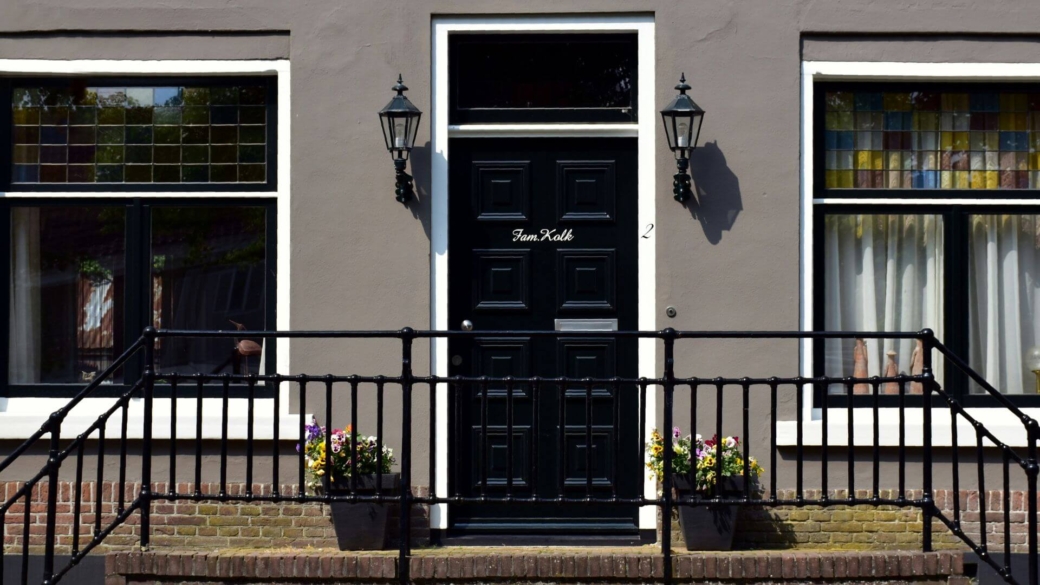These days, homeowners have become more particular with how their homes look, especially in the outdoor areas. After all, it’s the outdoor areas that get noticed by people who catch a glimpse of your home.
In the past, homeowners only focused on satisfying the building code. But now, homeowners invest in things like railing kits that deliver style, safety, and resale appeal. Aside from aesthetics, homeowners also focus on durability.
The Real Reason Codes Exist
Have you ever wondered why building codes exist? It’s because there have been real tragedies and accidents that happened just because someone underestimated what a single inch or missing post could do.
The International Residential Code requires guardrails for decks higher than 30 inches, with a height of at least 36 inches. It also demands that gaps stay under four inches to prevent children from slipping through.
Those measurements represent protection. The U.S. Consumer Product Safety Commission reports that thousands of injuries each year stem from rail failures. Nowadays, these details are non-negotiable. After all, the purpose is to give homeowners peace of mind and guarantee safety.
The Material Revolution
The revolution of materials used for homes started with wood. Wood was the most widely used material for homes in the past since it was undoubtedly beautiful. However, there is also no denying that wood ages badly. After all, wood does not hold up well against the elements.
When aluminum, stainless steel, and composite systems were introduced, things started to change. After all, these materials are more durable and still look nice when incorporated into design properly and thoughtfully.
Homeowners these days value durability significantly. After all, what use is aesthetics if the materials used are not durable enough? With advanced coatings and modular parts, even modern railings deliver industrial-grade toughness with designer-level looks.
Beauty That Anchors the Space
You can tell a lot about a home by the railings it wears. Clean lines and black aluminum frames suggest modern minimalism. Warm composite tones evoke rustic or coastal charm. The rise of cable systems proves how much homeowners value open space and clear views of the garden, pool, or skyline.
A railing defines the boundary between safety and scenery. It draws your eyes outward, framing the view like a well-chosen photograph. When the materials, colors, and proportions work together, the effect feels effortless and natural. That is the secret. A good design does not shout. It whispers confidence.
That is what separates compliance from creativity. You can build something that merely passes inspection, or you can build something that captures attention without ever sacrificing strength.
Value You Can See and Feel
Ask any real estate professional and they will tell you that people fall in love with details. A sturdy, stylish railing tells buyers that the home is cared for. It signals quality. It tells them no corners were cut. That perception translates to higher offers and faster sales.
Even appraisers take note. A deck that meets modern safety standards, with railings that look and feel premium, can enhance both functional and aesthetic value. It is not just about what people see. It is how safe they feel while seeing it.
Neglect the railing and it becomes the weak link that drags your property down. Upgrade it and it turns into an understated statement of design integrity.
Where the Future Is Headed
Tomorrow’s railings are smarter and lighter. Manufacturers are experimenting with recycled metals, eco-friendly composites, and even embedded LED lighting that illuminates paths at night. These innovations push outdoor living beyond utility toward atmosphere.
Safety will always matter, but so will the way it feels. The next evolution of railing design is not about hiding structure; it is about celebrating it.
In the end, a railing is not just there to stop a fall. It defines the line between what is protected and what is possible. When done right, it turns a simple deck into a statement worth remembering.


